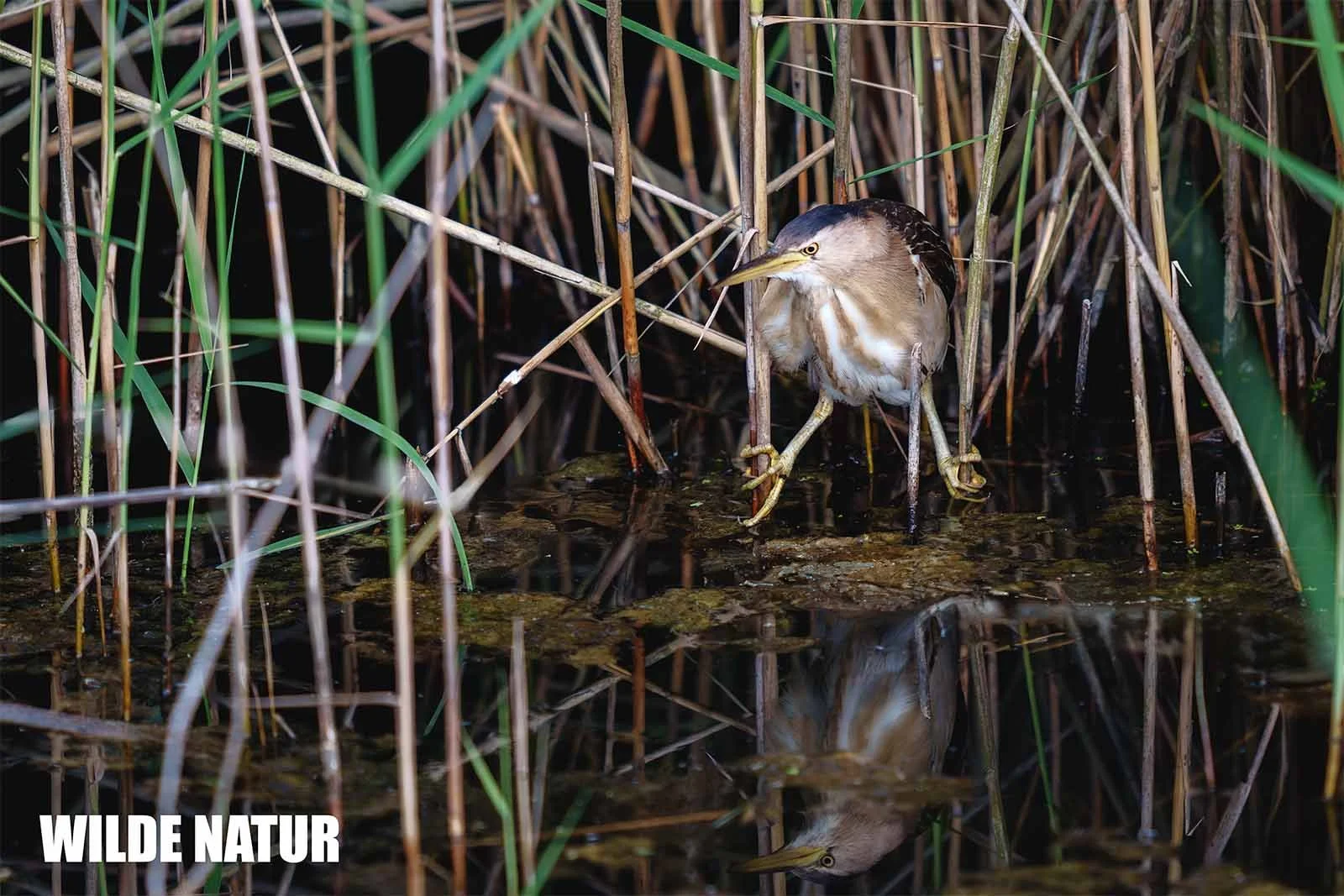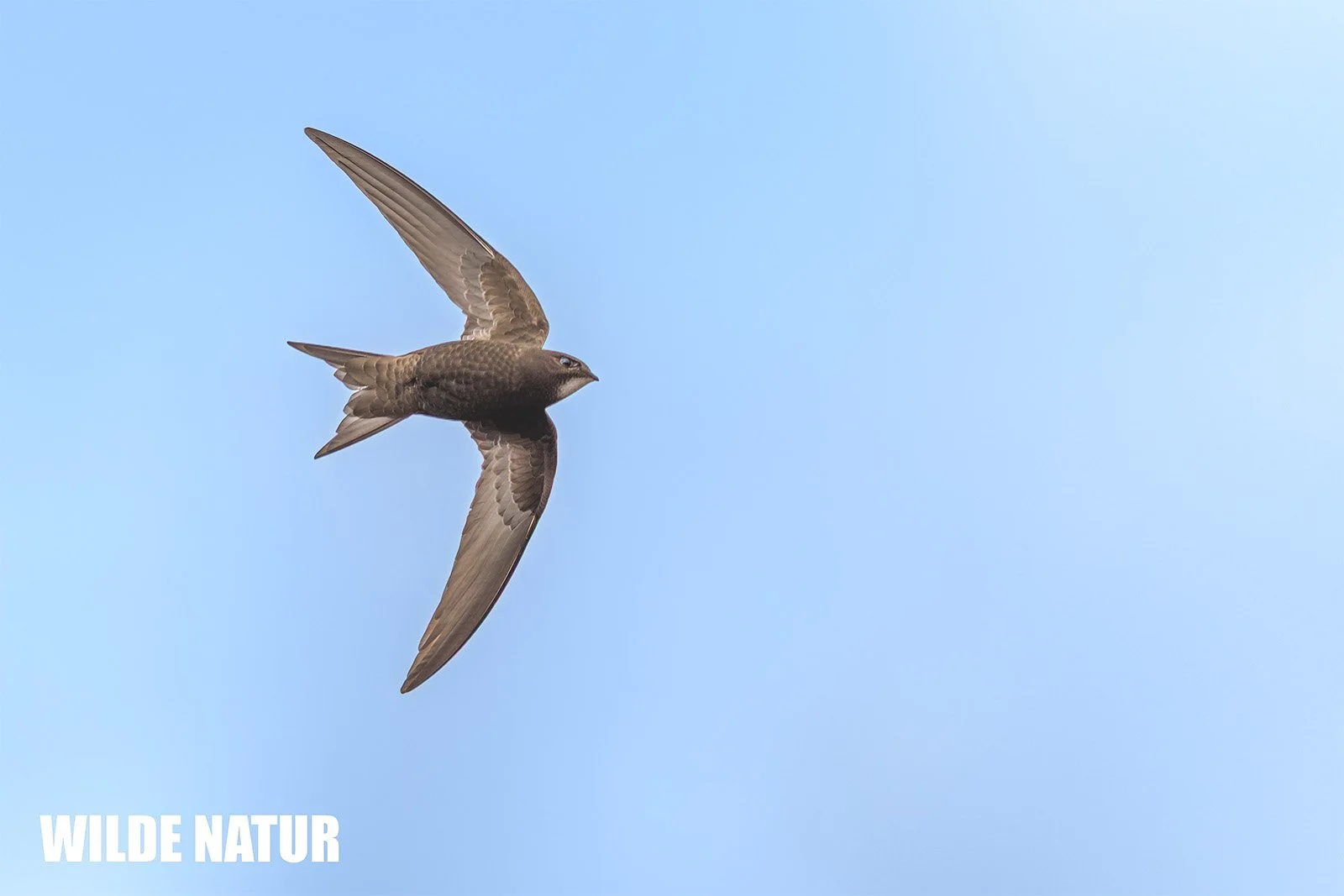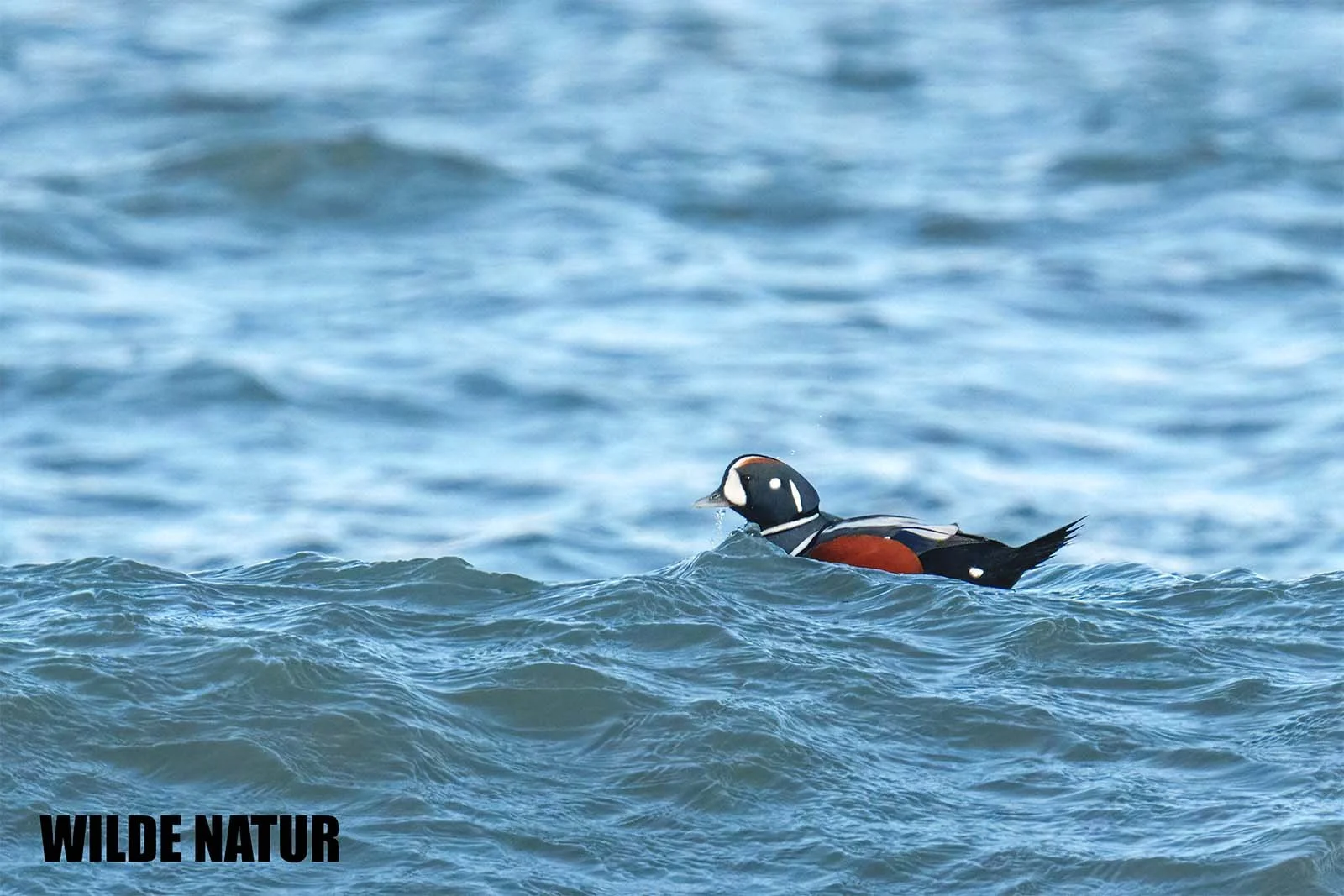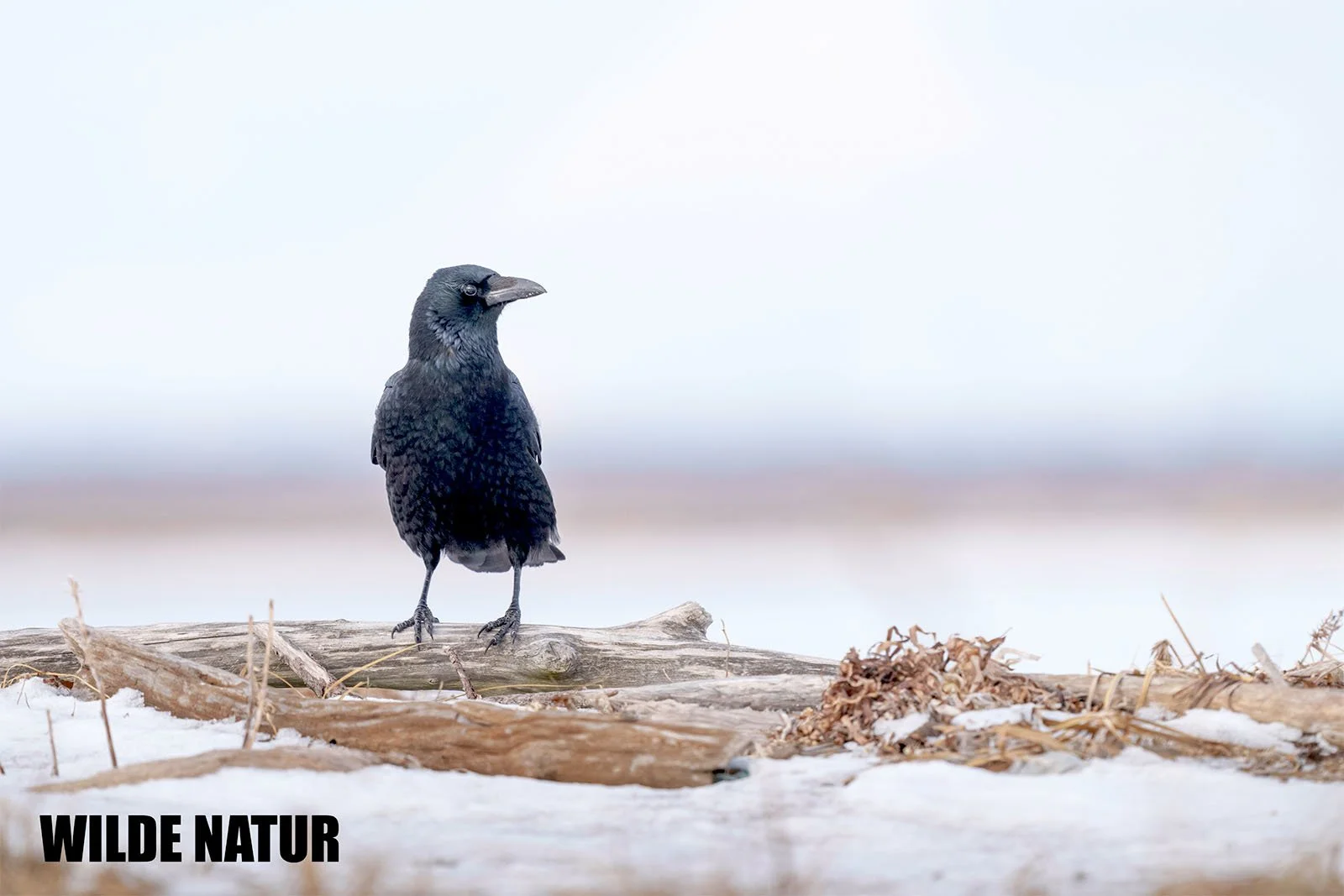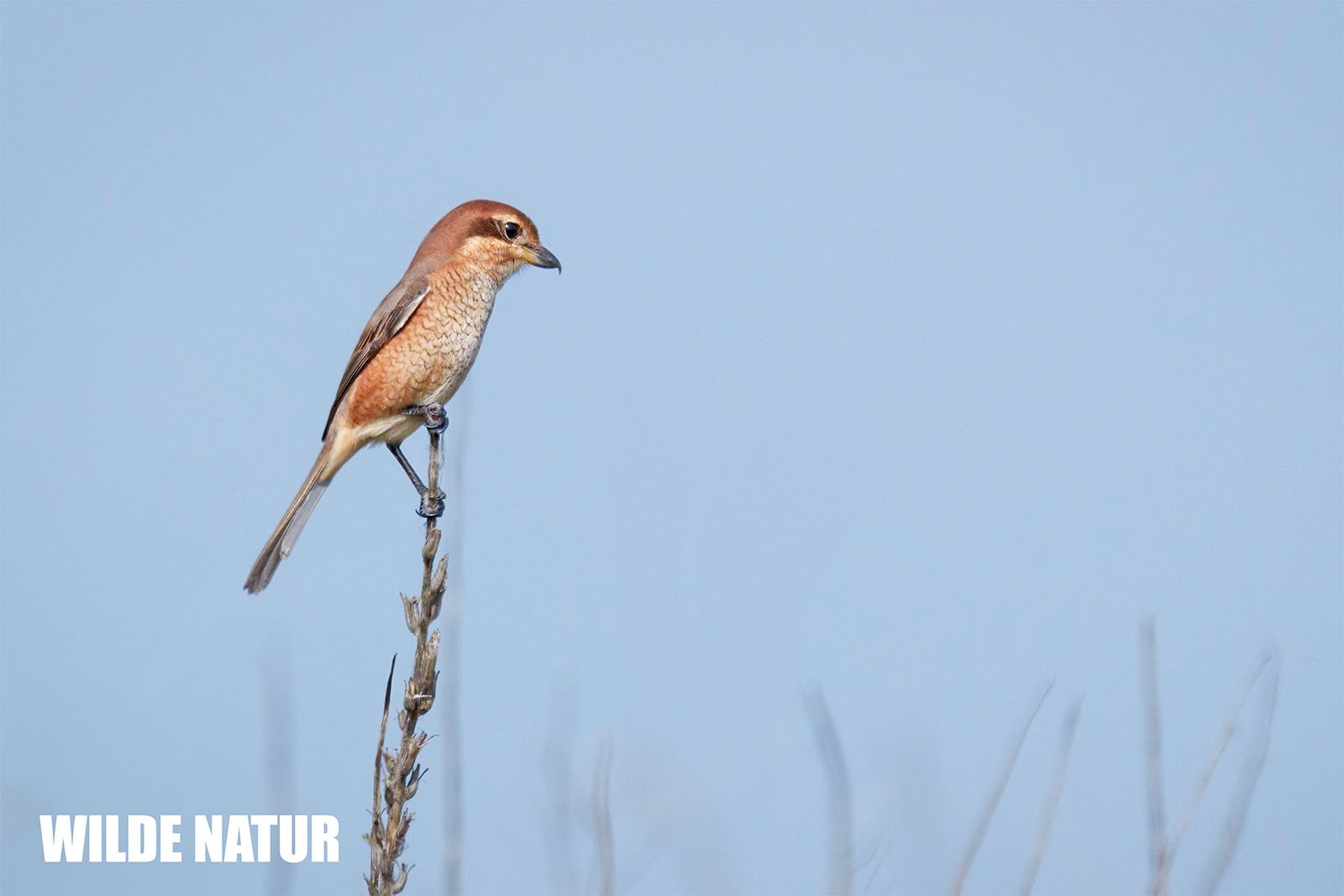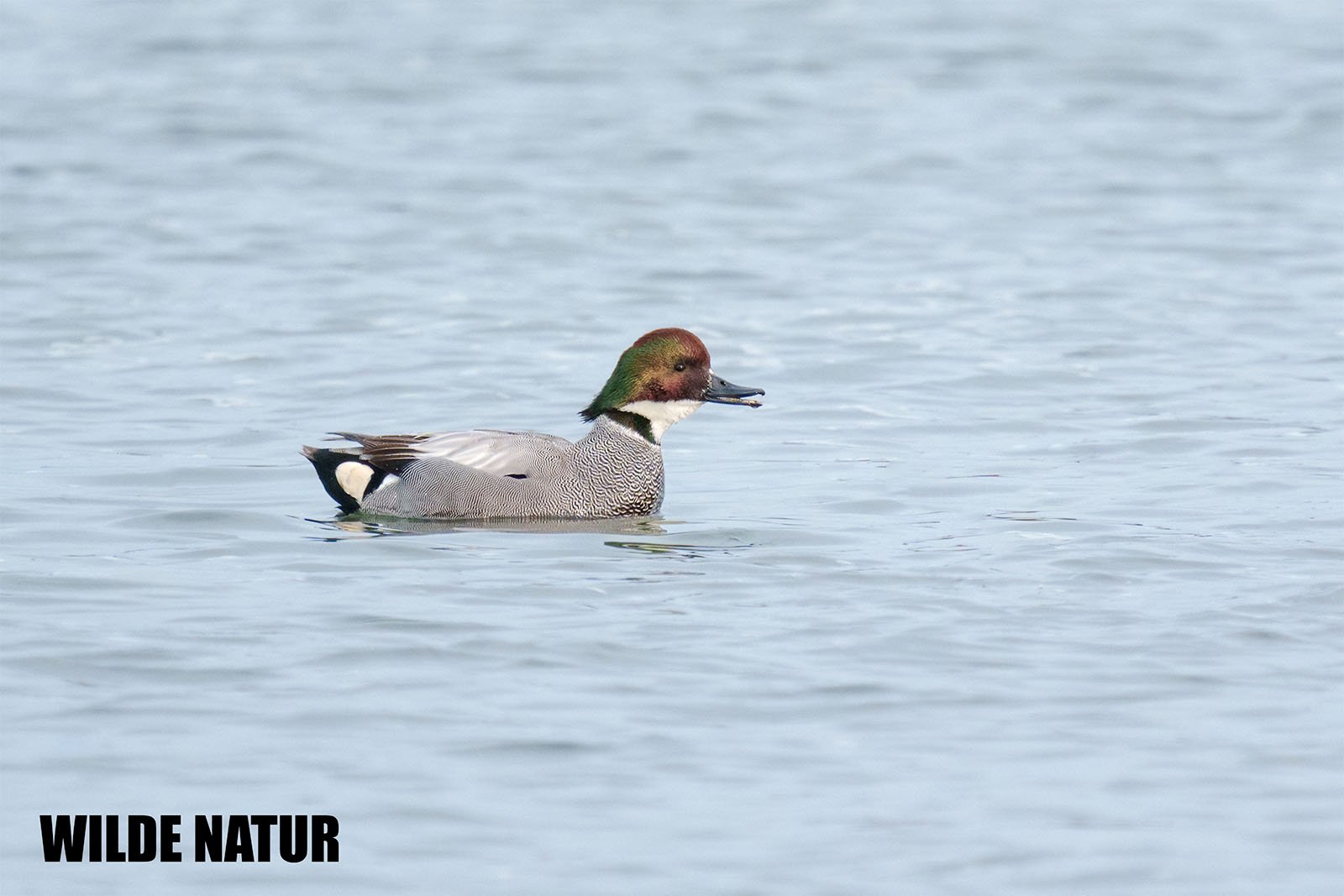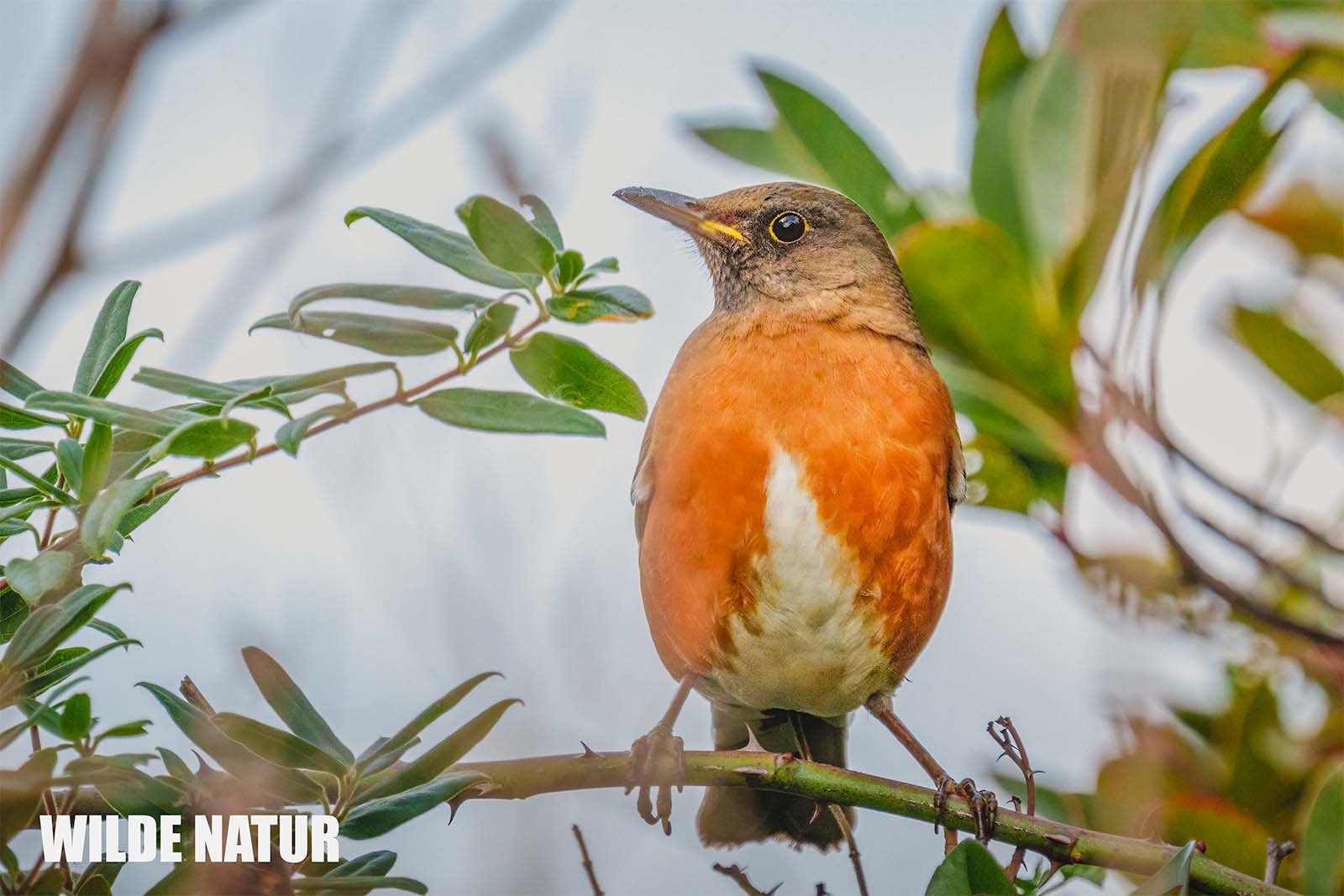Cuckoo (Cuculus canorus)
Young Cuckoo (Cuculus canorus) – Picture taken in the Upper Palatinate, Bavaria
Key Data
Size: 32 - 34 cm
Weight: 110 - 130 g
Diet: Insects, hairy caterpillars
Season: Migratory bird
Observation Tip: Dunes at coastal areas, forests
Photography Tips
Lens: Starting from 400 mm
Difficulty Level: Moderate
Cuckoo (Cuculus canorus)
The Cuckoo (Cuculus canorus) belongs to the Cuckoo family (Cuculiformes), including shrikes, anis, and couas. This species is a widespread summer migrant, wintering in Africa after migrating to Europe and Asia. The Cuckoo is a brood parasite, meaning it lays its eggs in the nests of other bird species, especially meadow pipits, sedge warblers, and dunnocks. Despite its eggs being larger than those of the hosts, the cuckoo's eggs always resemble those of the host. The adult female cuckoo mimics the sparrowhawk to avoid being attacked while laying her eggs in the host bird's nest.
Although the global population of the Cuckoo (Cuculus canorus) appears to be declining, it is classified as a species of Least Concern by the International Union for Conservation of Nature. The estimated global population ranges from 25 to 100 million birds, with 12.6 to 25.8 million breeding in Europe. The oldest-known age of a cuckoo in the United Kingdom is over six years.
The body length ranges from 32 to 34 cm, with a tail length of 13 to 15 cm and a wingspan of 55 to 60 cm. The legs are short, and the body is slim, with a gray color. In flight, the cuckoo resembles a sparrowhawk, with regular wing beats. During the breeding season, they often perch on an exposed perch with drooping wings and an elevated tail. Occasionally, there is a reddish color variant, which is more common in juveniles and occasionally in adult females. Despite the global decline in cuckoo populations, they are classified as of Least Concern by the International Union for Conservation of Nature. It is estimated that there are 25 to 100 million individuals worldwide, with 12.6 to 25.8 million breeding in Europe. The longest recorded lifespan of a cuckoo in the United Kingdom is 6 years, 11 months, and 2 days.
It is a summer bird in Europe and Asia, wintering in Africa. They are known for laying their eggs in the nests of other bird species such as young green finches, meadow pipits, and sedge warblers. Although their eggs are larger, they are designed to resemble the appearance of their host's eggs. The female cuckoo is also a mimic, imitating the appearance of the sparrowhawk to avoid being attacked while laying her eggs. They undergo molting twice a year: a partial molt in summer and a complete molt in winter. Males typically weigh about 130 grams, while females weigh about 110 grams. The genus of the common cuckoo closely resemble the oriental cuckoo, but on average, it has slightly shorter wings.
The cuckoo prefers open areas and is found as a summer guest in Europe and Asia, wintering in Africa. They arrive in Europe in April and migrate back in September. In addition to their usual range, cuckoos have been sighted as vagrants in various countries, including Barbados, the USA, Greenland, the Faroe Islands, Iceland, Indonesia, Palau, the Seychelles, Taiwan, and China. In the UK, from 1995 to 2015, the distribution of cuckoos has shifted northward, with 69% of birds in England and an increase of 33% in Scotland.
The cuckoo's diet consists mainly of insects, especially the hairy caterpillars that are unpleasant for many birds. Occasionally, the cuckoo also eats chicks and eggs.
The cuckoo inhabits various climatic zones of the western Palearctic and is found in various habitats. These include cultivated landscapes, ecosystems above the tree line, dunes at coastal areas, and various forests such as deciduous, coniferous, marsh, moorland, and steppe forests. However, it is absent in extensive, dense forests and the Arctic tundra. The presence of birds that serve as hosts for reproduction is crucial for its occurrence. In the cuckoo's habitat, there must be sufficient small structures such as bushes, hedges, scattered trees, and perching sites. The cuckoo has been recorded in Switzerland at altitudes of up to about 2400 meters and in India, in exceptional cases, at altitudes of up to 5250 meters. It is also found in the outskirts of cities.




